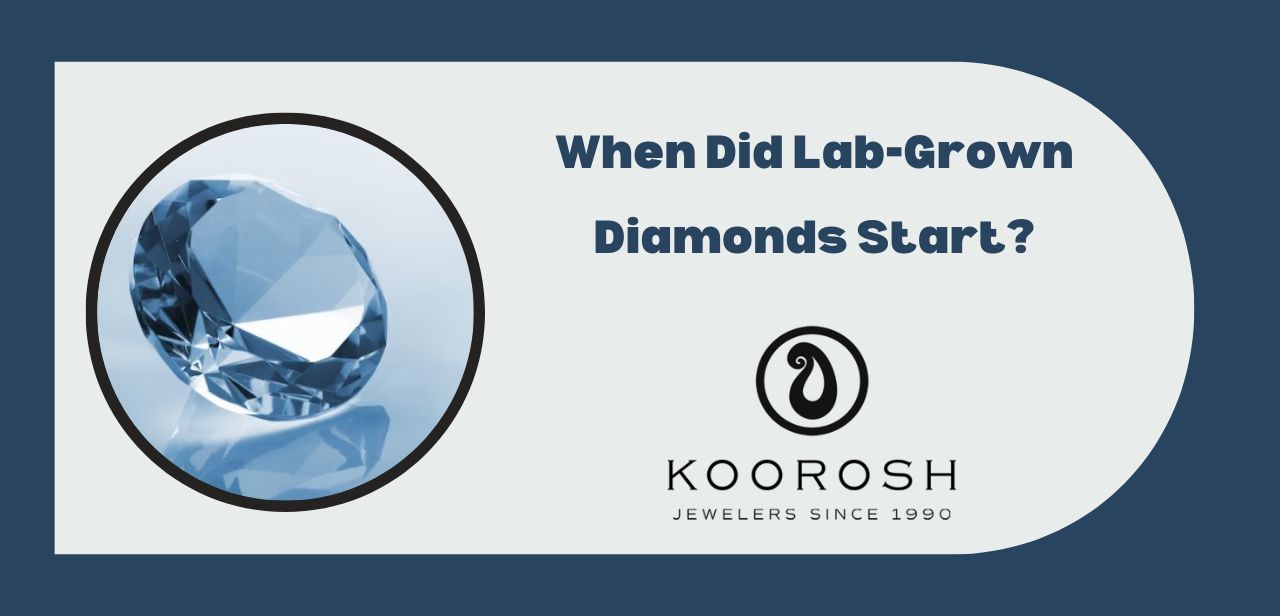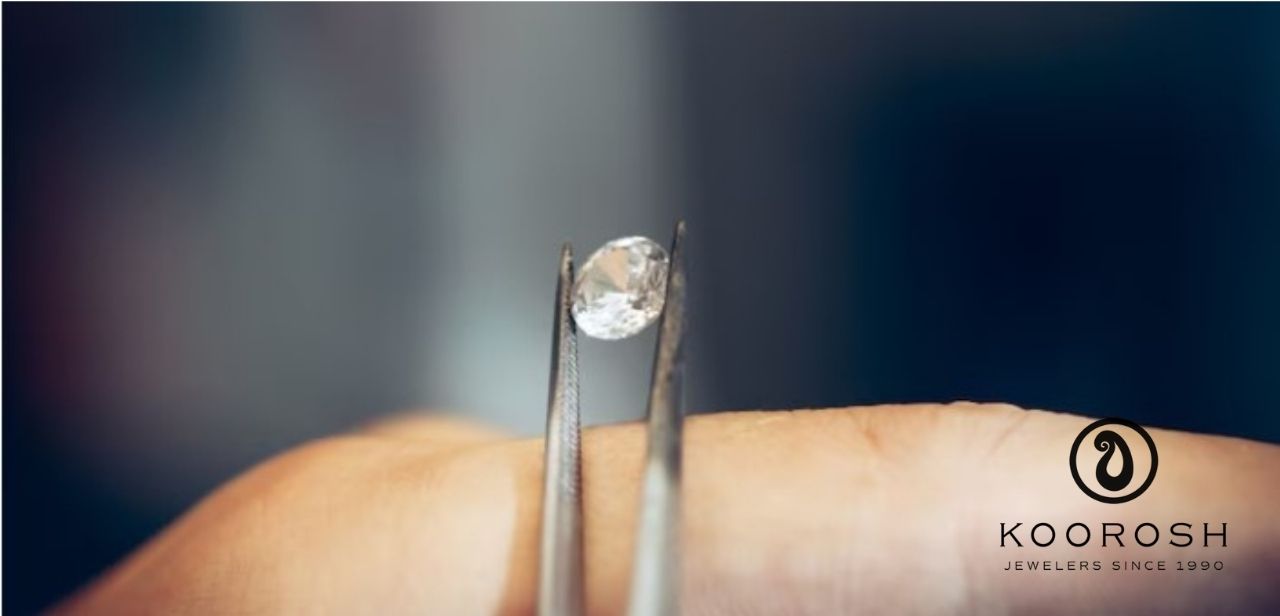When Did Lab-Grown Diamonds Start?
Posted by Koorosh Daneshgar on Jan 14th 2023

Lab-grown diamonds have been around for several decades. The first lab-grown diamond was created in the 1950s by a team of scientists at GE (General Electric) who were working on developing new materials for industrial use. However, it wasn't until the 1970s that the technology advanced enough to produce gems that were virtually identical to natural diamonds. These early lab-grown diamonds were mainly used for industrial applications, such as cutting, grinding, and polishing.
In the 1980s, the first lab-grown diamonds for jewelry were produced. These diamonds were smaller in size and lower in quality compared to natural diamonds, but they were still considered a viable alternative for those who wanted a diamond at a lower cost. The lab-grown diamonds of this time were mainly produced using the High Temperature-High Pressure (HT-HP) method, which involves subjecting a small diamond seed to high pressure and high temperature to cause it to grow into a larger diamond. Visit " How Long Do Lab-Diamond Take?" for more information.
In the 1990s, a new method for growing diamonds was developed, called Chemical Vapor Deposition (CVD). This method involves using a chemical vapor to deposit carbon atoms onto a substrate, where they form a diamond. CVD diamonds are produced at lower temperatures and pressures than HT-HP diamonds, and they can be grown in larger sizes and with higher quality.

The early 2000s saw a significant increase in the production of lab-grown diamonds, as the technology continued to improve and the demand for diamond alternatives grew. Lab-grown diamonds started to be more widely available in jewelry stores and online, and their quality improved to the point where they were virtually indistinguishable from natural diamonds.
Today, lab-grown diamonds are a popular choice for consumers looking for a cost-effective and ethically-sourced alternative to natural diamonds. They are available in a wide range of sizes, colors, and quality, and they are often sold at a fraction of the cost of natural diamonds.

The production of lab-grown diamonds has also become more sustainable and environmentally friendly. Many companies now use renewable energy to power their labs, and they have implemented strict environmental regulations to ensure that their production process does not harm the environment.
In conclusion, lab-grown diamonds have come a long way since the first one was created in the 1950s. Today, they are virtually indistinguishable from natural diamonds, and they offer consumers a cost-effective, ethically-sourced, and sustainable alternative. As technology continues to improve, we can expect to see even more advancements in the quality and availability of lab-grown diamonds in the future.
We'll help you to design your dream engagement ring without stress and spending countless hours searching for your perfect ring. All you need to do is click on "Free Consultation" to get started.

